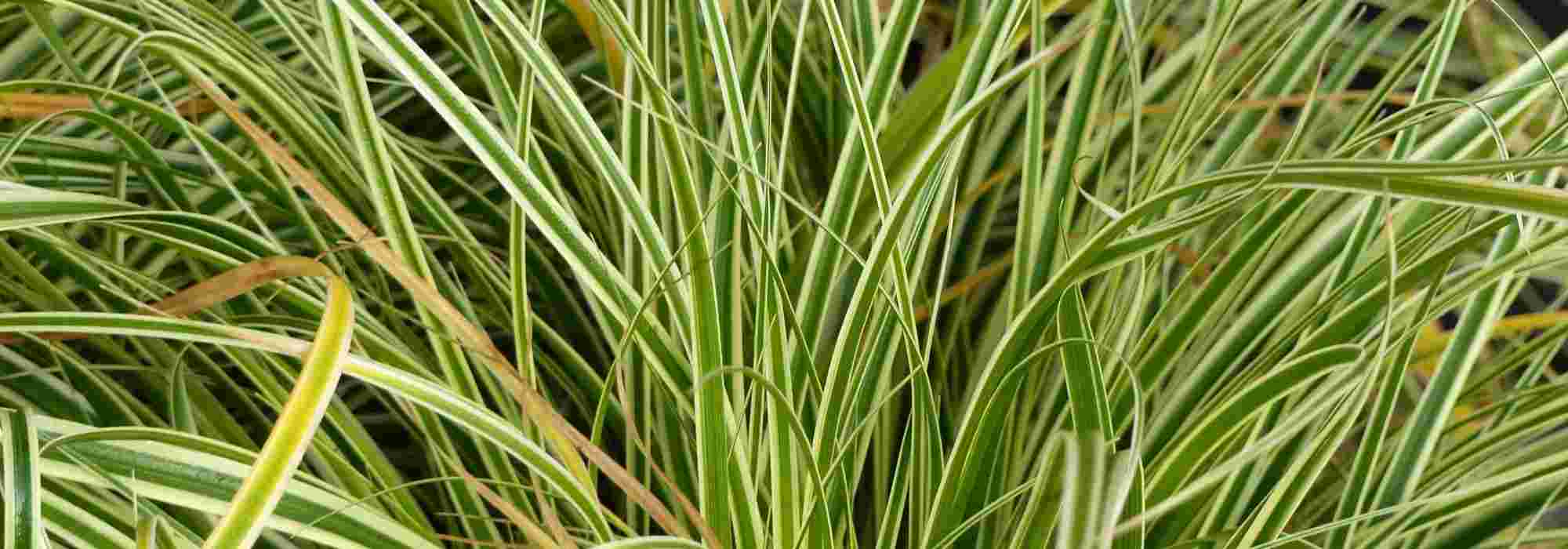
Carex: 5 Pairing Ideas
Which companion plants for your Carex?
Contents
The Carex, related to grasses, represent a highly diverse genus and are primarily grown for their decorative foliage, often evergreen to semi-evergreen. Uniform green, it can also be variegated with cream, white, or yellow, as well as golden yellow, blue, or even bronze to orange. Clump-forming, sedges create rounded tufts, often reaching several dozen centimetres in height, although some can exceed 1.20 m. Many thrive in heavy, moist soil, yet they do not shy away from growing in drier conditions. Often very hardy, Carex are easy to grow and require very little maintenance, making them ideal for beginner gardeners or those who do not want to spend too much time in the garden.
All these qualities make them excellent candidates for the garden, and when combined with other plants: sedges allow for the creation of displays that are both modern and more romantic and bucolic, even in areas that can be challenging to vegetate, whether in sun or shade, in cool soil, and even under trees. Discover 5 pairing ideas, and find some tips to help you combine Carex according to the style and layout of your garden.
In a winter bed full of colour
Carex is one of those very useful plants for adding volume and a permanent presence to borders in the heart of winter. Varieties with variegated foliage (Carex oshimensis ‘Evergold’ or ‘Evercream’) or nearly golden (Carex ‘Everillo’), for example, form a beautiful, billowing carpet at the base of trees and shrubs with decorative bark. Among the most appreciated are those of certain Birches, Prunus, Maples, or Crape Myrtles, which display various shades from pure white to copper, including mahogany, and may sometimes be highlighted with striations or adorned with a fine film that, as it peels, beautifully captures the light. To complete the palette, Willows and Dogwoods with coloured stems are essential and create stunning clumps in bright red, dazzling yellow, or fluorescent orange.
Also consider conifers, whose colours can vary with the cold. A few easy perennials, flowering at this season (Winter Heathers, Hellebores…) as well as grasses whose dried culms remain interesting (Chinese Reeds, Panics, Canches, Molinies, Brush Sedge, or Stipes, to name just a few popular ones) visually enrich the display.
Finally, many shrubs choose this period to bloom, some diffusing intoxicating fragrances (Daphne, Witch Hazel, Hazelnut, certain Camellias, Chimonanthus, Edgeworthia, Mahonia, Sarcococca, Laurustinus, Winter Viburnum). By combining several of these trees, shrubs, grasses, and perennials with your Sedges, winter is anything but dreary!

Winter scene composed of Carex ‘Evercream’, Hellebore, Stipa, Birch, Witch Hazel, and Red Dogwood
Read also
Carex: planting, dividing and careIn a romantic border
Grasses and their relatives are unmatched for bringing movement and volume to a flowerbed. The Carex gracefully adorn the base of roses, which can sometimes be somewhat bare. From sedges with bronze or orange foliage, like Carex comans ‘Bronze Form’, Carex buchannanii or Carex testacea ‘Prairie Fire’ echo the colours of certain roses like ‘Mokarosa’, with its coppery salmon tones, ‘Westerland’, which is more orange, or even those of English roses such as ‘Summer Song’ or ‘Pat Austin’. You may also prefer to insert cooler colours at the base of these warm blooms, in which case Carex flacca ‘Blue Zinger’ or ‘Bunny Blue’, with their glaucous blue foliage, create a beautiful contrast.
In any case, many Carex can accompany your bush, shrub or even climbing roses. All you need to do is complete with other shrubs that have a romantic appearance (Peonies, Hydrangeas, Lilacs, Mock Oranges, Spireas…) and add equally poetic perennials such as Delphiniums, hardy geraniums, Echinaceas, Salvias, or Lupins (and these are just a few examples!).
To temper all these colours, arrange some grey-leaved plants or silver-leaved: Wormwood, Anaphalis, Brunnera, Cerastium, Carnations, Lavenders, Cornflowers, Senecio, lamb’s ear or Helychrisum are part of this category. Some early-flowering bulbs and tuberous plants (Grape Hyacinths, Daffodils, Tulips…) or later ones (Ornamental Garlic, Agapanthus, Crocosmias, Irises…) provide splashes of colour for many months. And to not forget autumn, don’t miss out on the Asters, whose starry flowers brighten the end of the season.
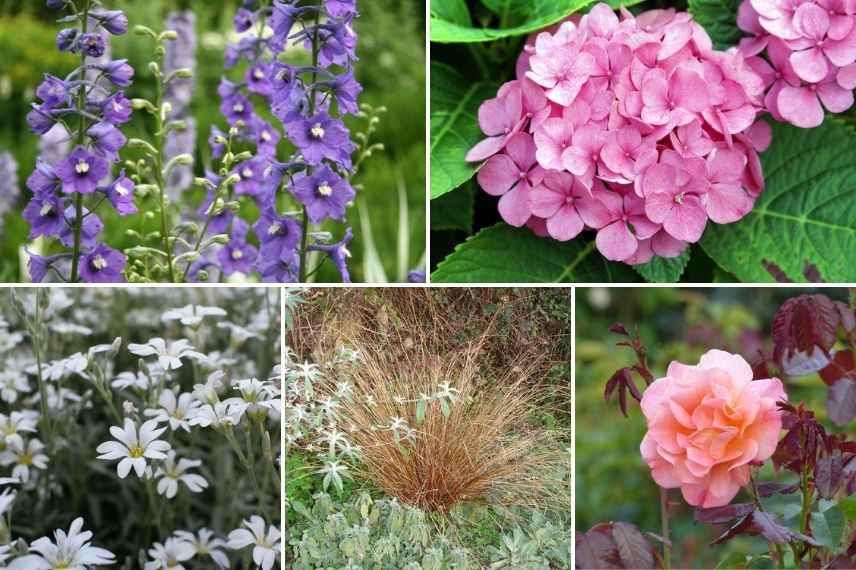
Soft colours for this flowerbed: Larkspur, Pink Hydrangea, Cerastium tomentosum, Carex buchananii (photo hardworkinghippy) and rose ‘Westerland’
Discover other Carex
View all →Available in 0 sizes
Available in 3 sizes
Available in 1 sizes
Available in 3 sizes
Available in 1 sizes
Available in 2 sizes
Available in 1 sizes
Available in 2 sizes
Available in 3 sizes
Available in 1 sizes
By the edge of a body of water
According to the species, Carex provide perfect bank plants, which thrive in cool, even moist soils. This is the case with Carex acutiformis, a tall species reaching about 1 m with decorative brown spikes. Carex pendula, also evergreen, is slightly taller, and its spikes are enhanced by long, flexible stems. Carex morrowii ‘Variegata’ is much shorter, but its variegated foliage looks stunning in partial shade and in soil that does not dry out.
To accompany them near a pond, for example, Goat’s beard, Astilbes, Virginia bluebells, Marsh irises, Ligularias, Water mints, and Persicarias add volume and colour, not to mention Hostas, whose broad foliage comes in a variety of shades and patterns.
Also vegetate the water point itself. Whether you plant directly in the ground or in suitable containers, check the depth that suits them. Some, like Water Lilies, generally need to be submerged quite deeply, while others, such as Pickerel Weeds, Arrowheads, or Thalia only require a few centimetres of water.
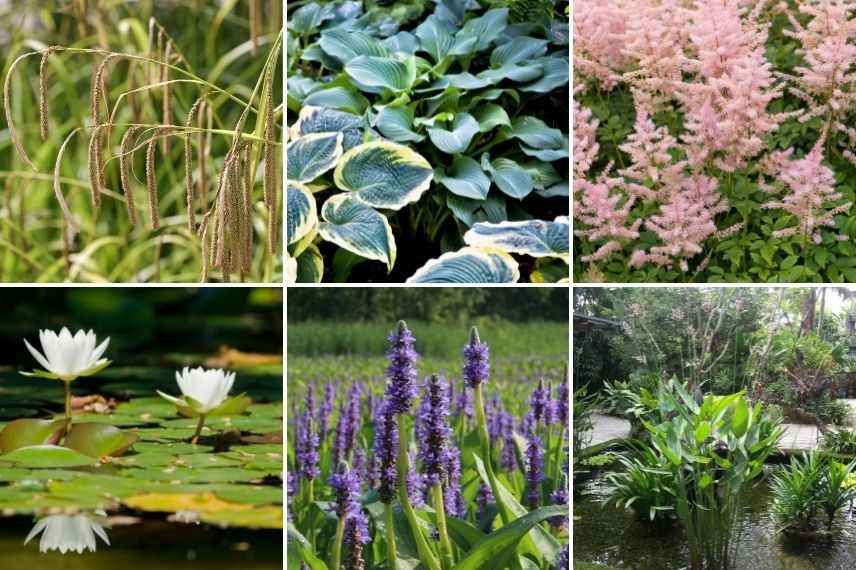
Association for cool to moist soil: Carex pendula, Hostas, Astilbe around the pond and water lily, Pontederia cordata (photo Wikipedia) and Thalia dealbata (photo Lip Kee) in the water
Read also
5 Carex to grow in potsUnder the trees
The base of trees can sometimes be a challenge for the gardener, who struggles to envision an aesthetically pleasing scene in conditions where competition can be fierce. Some Carex thrive in these conditions, however. Try Carex oshimensis and its cultivars with solid green foliage (Carex ‘Evergreen’), cream-margined (Carex morrowii ‘Variegata’), or even Carex sylvatica. To accompany them, choose Comfreys, with white, pink, or more bluish flowers, or Acanthus with its finely cut foliage and beautiful mid-season flowering.
Very comfortable among the roots where they always find a way to establish and spread, the Geranium macrorrhizum is semi-evergreen and has strong covering power. Deciduous, but with early fresh white flowers, Persicaria tenuicaulis features green foliage with a purplish underside. The Epimedium, or Elf Flowers, come in deciduous or evergreen species, and their delicate flowering brightens the base of trees, even in dry soil. More delicate and a bit slow to establish, the Podophyllum reward patient gardeners. Grown primarily for their unique foliage, which can be green speckled with chocolate (Podophyllum ‘Spotty Dotty’) or brown variegated (Podophyllum hexandrum). Of course, many bulbs and corms can pop up here and there, adding a splash of colour early in the season, like Cyclamen coum, or later like their cousins the Naples Cyclamens.

Example of an association in a shaded situation: Carex morrowii ‘Variegata’, Geranium macrorrhizum, Epimedium, Persicaria tenuicaulis, and Podophyllum hexandrum
In a contemporary and graphic garden
Thanks to their regular shape, Carex contribute to creating graphic patterns in contemporary landscaping. While all can fulfil this role, it may be interesting to play with the architecture of varieties such as Carex comans ‘Frosted Curls’, whose fine green foliage, with bluish-grey tints that reflect metallic hues, is originally curled at its tips. Also interesting, Carex testacea ‘Lime Shine’ displays a very bright acid green in spring, then turns orange as the season progresses. Carex brunnea and its variegated varieties ‘Jenneke’ or ‘Variegata’ are also worthy candidates. To enhance the graphic and clean aspect of your layout, avoid multiplying plants. Planted in large swathes, the sedges serve as a backdrop for a few plants with a strong architecture, such as Colocasia and their large lance-shaped leaves, green or purple in varying shades of darkness.
Still in the realm of unusual foliage, the Gunnera manicata becomes imposing, but it requires a well-moistened soil to reach its full potential. In shaded situations and under a not too harsh climate, the incomparable Dicksonia antarctica stands out, adding an exotic touch that never goes unnoticed. If space is limited, other ferns with stylised foliage can also do the trick, such as Matteucia or Athyrium, the latter offering Japanese varieties with quite incredible colours.
Regarding flowering, and in bright exposure, the ornamental Alliums, Agapanthus and Phlomis proudly exhibit (and vertically) their inflorescences and create punctuations, especially if planted in repetitions to create a coherent pattern.
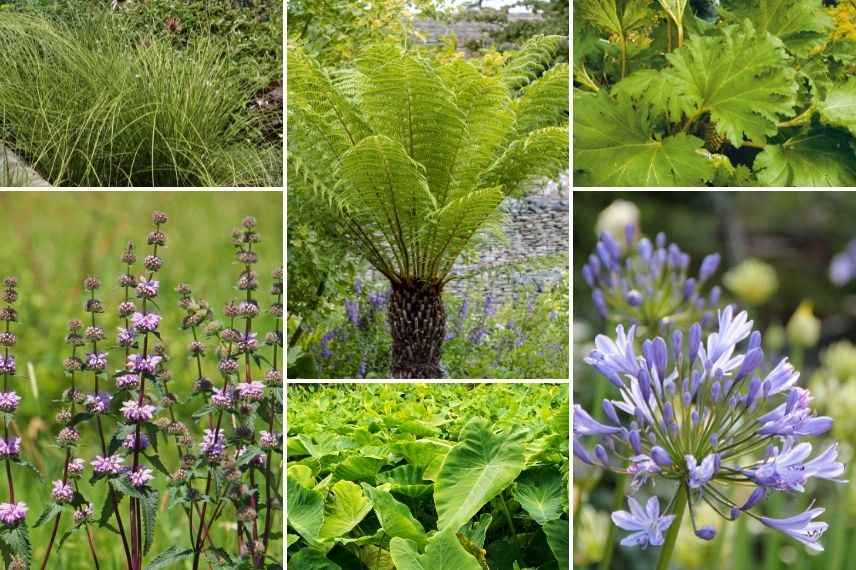
Clean atmosphere: Carex testacea ‘Lime Shine’, Dicksonia antarctica, Gunnera manicata, Phlomis tuberosa, Colocasia and Agapanthus
- Subscribe!
- Contents

































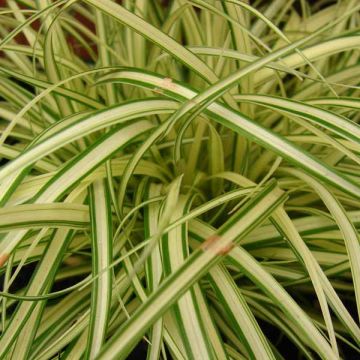
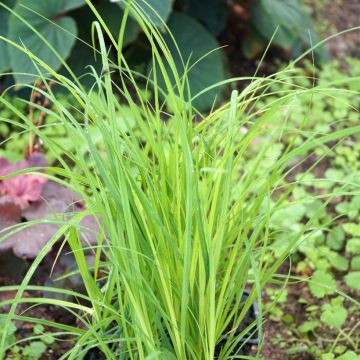

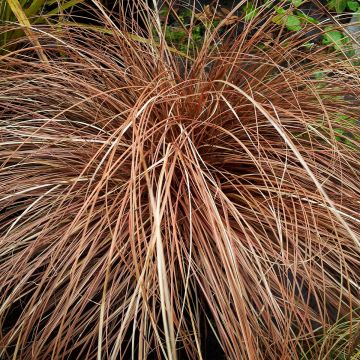
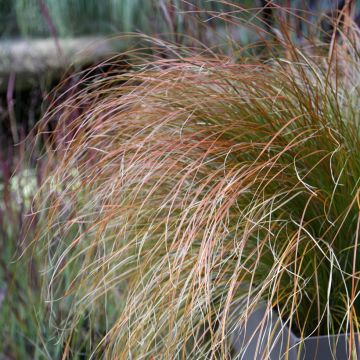
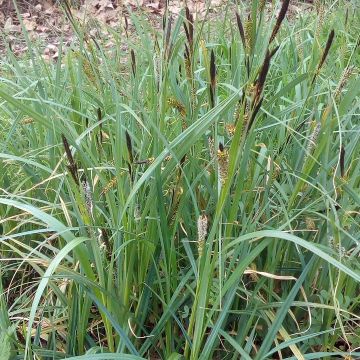
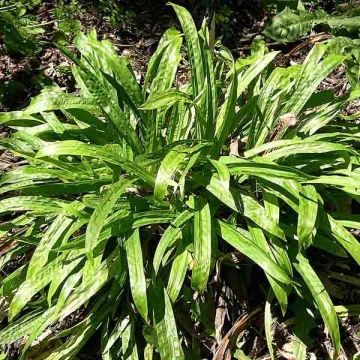
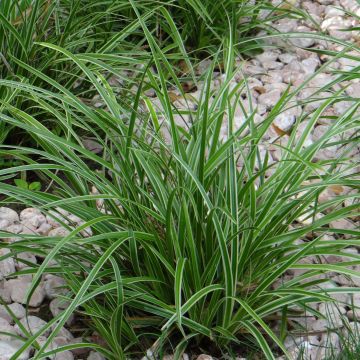
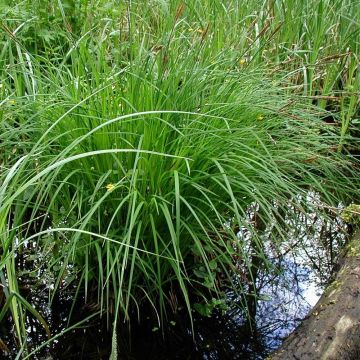
Comments